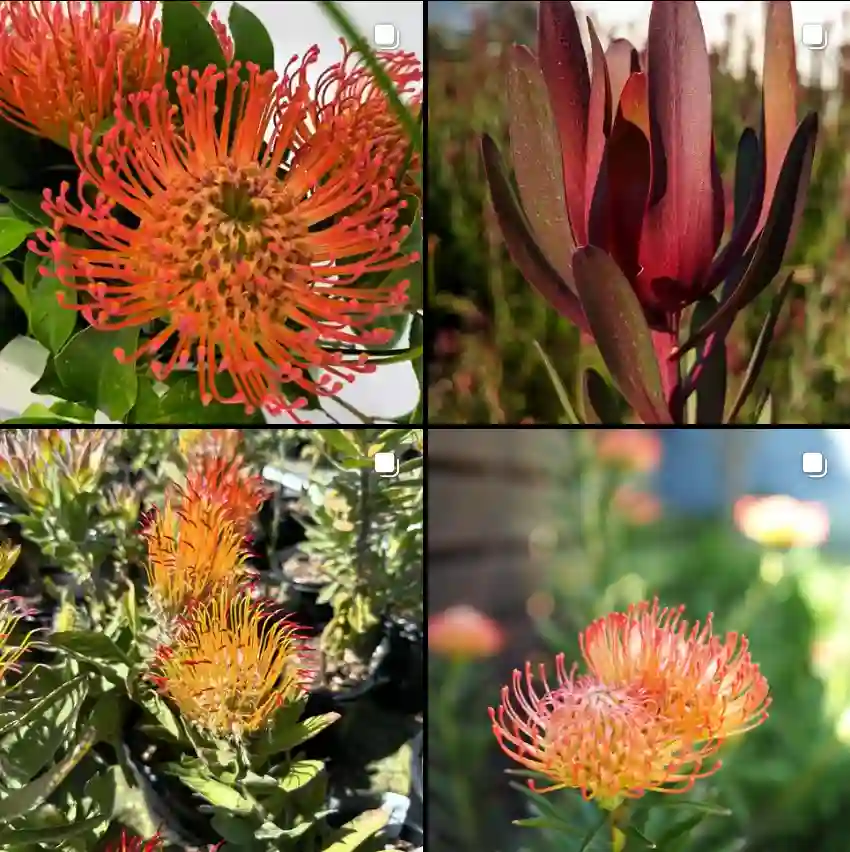What is Rubus Pentalobus?
Rubus Pentalobus, a synonym of Rubus rolfei, commonly known as the Five-leaf Bramble or Creeping Bramble, is a charming ground cover plant. It belongs to the Rosaceae family and is native to regions in Asia. Unlike its more aggressive relatives, Rubus Pentalobus is appreciated for its delicate foliage and creeping habit. Its small, five-lobed leaves and tiny white flowers give it a distinct, attractive appearance. The plant often forms a lush, dense mat, making it a popular choice for filling in gaps and adding texture to garden beds.
1556 Species in Genus Rubus
How to Care for Rubus Pentalobus?
Caring for Rubus Pentalobus is relatively straightforward, though there are a few key factors to keep in mind. First, ensure it is planted in well-draining soil. The plant prefers slightly acidic to neutral pH levels but can tolerate a range of conditions. It thrives best in partial to full shade, although it can handle some direct sunlight, especially in cooler climates.
Watering is essential, but be careful not to overdo it. The soil should be kept consistently moist, but not soggy. During dry spells, ensure the plant gets a good watering to prevent stress. Fertilization is not a major requirement, but applying a balanced, slow-release fertilizer in the spring can boost its growth and flowering.
How to Propagate Rubus Pentalobus?
Propagating Rubus Pentalobus can be done easily through several methods. The most common approach is via division. In the spring or fall, dig up a section of the plant, ensuring each division has roots and foliage. Replant the sections in new locations, and water them well.
Another method is through stem cuttings. Take cuttings in early summer from healthy stems, ideally those that have not yet flowered. Dip the cut ends in rooting hormone and plant them in a pot filled with a well-draining rooting mix. Keep the cuttings in a warm, humid environment until they develop roots.
What to Plant with Rubus Pentalobus?
Rubus Pentalobus works well with various plants due to its low-growing, spreading nature. In shady areas, it pairs beautifully with hostas, ferns, and shade-tolerant perennials like astilbes and bleeding hearts. For a more vibrant contrast, consider planting it alongside heucheras or columbines. In mixed borders, it can complement shrubs like Japanese maple or dwarf conifers, adding a soft texture that contrasts with their structure.
How to Use Rubus Pentalobus in Landscaping?
Rubus Pentalobus is highly versatile in landscaping. Its spreading habit makes it an excellent choice for ground cover in shaded areas where grass struggles to grow. It can be used to suppress weeds, control erosion, or simply provide a lush, green carpet.
You can also use it as a filler in mixed beds or around the base of taller plants to create a more natural look. Its delicate foliage and subtle flowers can soften the harsh lines of hardscaping elements like paths or walls.
Is Rubus Pentalobus Toxic?
Fortunately, Rubus Pentalobus is not toxic. It is safe to grow around children and pets. Unlike some other plants in the Rosaceae family, it does not pose any significant health risks. However, it’s always a good idea to keep any plant material out of reach of young children and pets to avoid any potential for accidental ingestion.
Common Problems with Rubus Pentalobus
Rubus Pentalobus is generally robust, but it can face a few issues. Overly wet conditions can lead to root rot, so ensure proper drainage. It’s also susceptible to aphids and other pests, which can be managed with insecticidal soap or natural predators.
In some cases, it may become invasive if not kept in check. Regular maintenance and occasional pruning can help manage its spread and keep it looking its best.
How to Prune Rubus Pentalobus?
Pruning Rubus Pentalobus is simple and helps maintain its health and appearance. Trim back any excessive growth in the spring to keep it from becoming too unruly. Remove any dead or damaged stems to encourage new growth. If the plant starts to invade areas where you don’t want it, cut it back to the desired size and shape.
Final Thoughts
Rubus Pentalobus is a delightful plant that offers both beauty and utility in the garden. With its easy care requirements and versatile uses, it can enhance various landscape settings. Whether you’re using it as ground cover or as part of a mixed planting scheme, it’s a reliable choice that brings a touch of elegance to shaded spaces.
If i die, water my plants!



